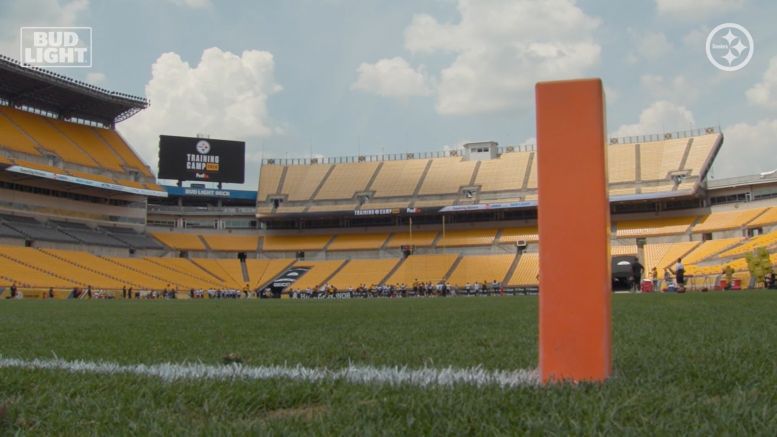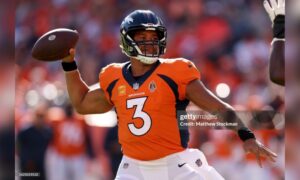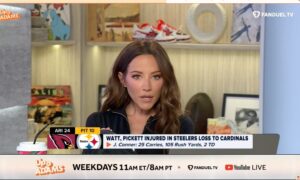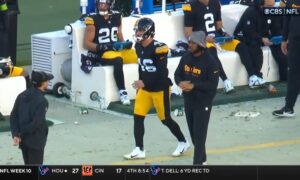Disparity in the quality of playing surfaces, particularly in the differences between natural grass and artificial turf, have long been known, both anecdotally and statistically. You will hear many players talk about preferring to play on grass than on turf. The Pittsburgh Steelers try to avoid practicing in their indoor turf facility as much as they can.
The issue regained attention this year following a devastating week two full of injuries, including one game between the New York Jets and the San Francisco 49ers that saw a high number of players leave the game with injuries of varying significance, including a season-ending knee injury for 2019 Defensive Rookie of the Year Nick Bosa.
With the spotlight back on the issue, NFLPA president—and current Cleveland Browns starting center—JC Tretter penned a letter for the players union’s website, in which he essentially argues that all teams should proactively work toward converting their fields to natural grass.
The first-year president cited studies and data collected by the league itself that clearly demonstrate a greater rate of injuries sustained on artificial turf surfaces in comparison to natural grass in both game and practice settings, including a 69 percent higher rate of non-contact foot and ankle injuries, and a 32 percent higher rate of non-contact knee injuries. The rates of contact-based injuries are also higher.
Tretter wrote that the NFL and NFLPA earlier this year approached artificial turf manufacturers in an effort to get them to develop a surface that is more like natural grass in its ‘give’, but he argues that unless or until such a surface is actually developed, teams should be playing on natural grass.
He also makes the case that there isn’t a stadium in the NFL in which a natural-grass playing surface is not feasible. He notes that cold-weather teams such as the Steelers have managed it, as have indoor-stadium teams such as the Cardinals and Raiders.
Roughly half of the teams in the league play on natural grass, the other half on artificial turf—I don’t have the exact split, but it’s close to breaking 50 percent, give or take a couple. Tretter also maintains that the field inspection that every field undergoes prior to games is “extremely limited in its ability to tell us about the performance or safety of a field and is not nearly as comprehensive for what the modern game requires”.
“Our occupation is dangerous enough, and the increased rate of lower extremity injuries linked to the field surface we are forced to play on is unacceptable”, he concludes. “The NFLPA is advocating for teams to convert artificial practice and game fields to natural grass fields. In the meantime, we’re fighting on behalf of our players to develop better safety standards and testing methods for artificial turf. There is room for innovation by artificial turf manufacturers, but until the risk of injury on turf mirrors the risk on grass, playing on turf is not in the best interest of our players”.








